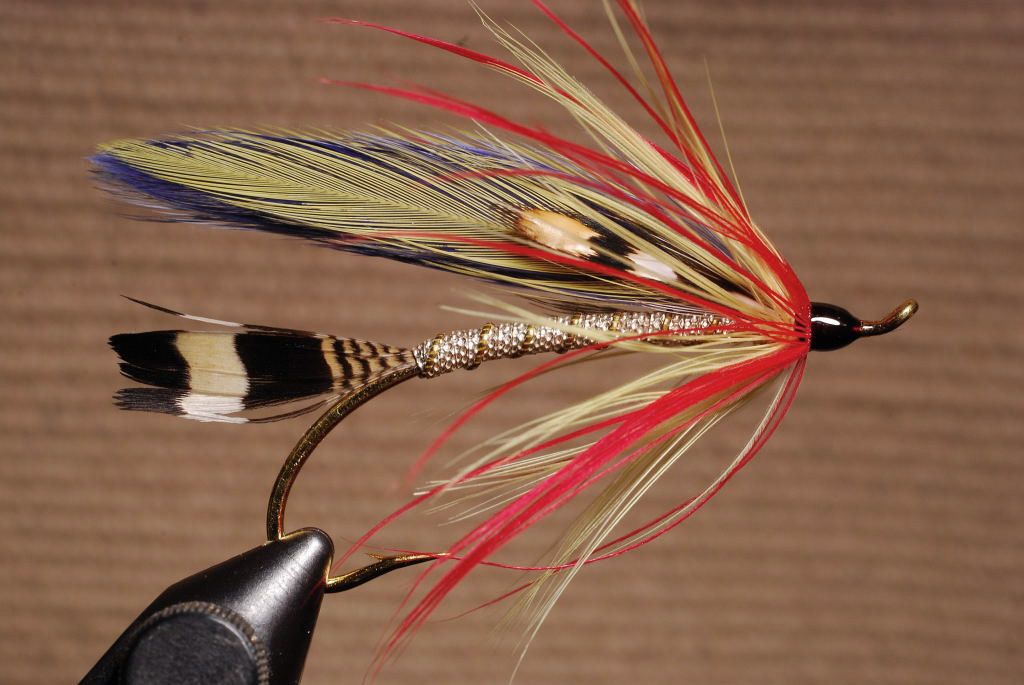I am looking to symplify my thread assortment and with the show coming I plan on stocking up. I have accumulated a number of spools but in various deniers. This is the result of being an impulsive tyer and jumping on whatever pattern grabs my eye in the moment...dam that utube.
Anyway, what I am thinking is I should be able to be fully stocked with getting all the popular colors in 70 , 210 and Flymasters flat waxed for the big salt stuff. I likw UTC because they label the color and have that little cap to keep the loose thread end not in use.
What do you guys think ? will UTC 70 & 210 cover most all fresh water or do I need 140 also ? What about these 6/0w and 8/0w I have ? I can't even remember what I got them for but I'm guessing something small.
The way I approach tying thread is to consider the properties of the thread first.
If we think whether a fly rod is made of bamboo, graphite, or fiberglass is important, why do we most often ignore whether a tying thread is made of GSP, nylon or polyester as the first consideration in the properties that we want in a tying thread? Most threads are either nylon or polyester just like most rods are fiberglass or graphite.
Nylon and polyester have different properties. They are both about the same strength so that is not a great issue. However, nylon STRETCHES about 25% and polyester stretches about 15% before breaking. NYLON also takes dyes better than polyester so nylon threads can come in brighter colors.
Stretch is important in fly tying. It can be both an advantage and a disadvantage. The ability of nylon to stretch means that the stretch can warn a fly tyer when a nylon thread is about to break, Polyester threads have less stretch and give less of a warning. So nylon is an easier thread for beginners.
Nylon threads then contract more and the fly body and wraps are tighter because the nylon tying thread contracts more. However, over time this contraction relaxes and the nylon thread loosens a bit. Polyester thread does not stretch as much so it loosens less.
Then we need to consider whether the thread is flat, twisted, or bonded. Flat non bonded thread can be spit for spit thread dubbing. Flat thread can be twisted by spinning the bobbin when we want the tread to be round to hold materials with a tighter grip. Twisted non bonded thread can be untwisted. But many threads are both twisted and bonded and so their form is fixed. A flat bonded thread can be twisted into a round shape but it cannot be split.
So a twisted bonded thread is the least adaptable, the flat bonded thread is next, and the un-bonded twisted and un-bonded flat are the most adaptable.
Since it is easier to twist a thread than to untwist a thread, I prefer a FLAT NON BONDED thread because it is more versatile.
Now on to your question.
UTC in the 70, 140, and 210 deniers is a NYLON untwisted and un-bonded thread, so it is an excellent choice. It can be spit. The diameter of UTC is 0.028, 0.041, and 0.069 mm respectively for the 70, 140, and 210 deniers. Breaking strength is 450, 900, and 1800 grams respectively.
Veevus is the alternative as a flat non bonded polyester thread. It has become very popular amongst tyers.
So lets compare UTC 70, 140, and 210 to Veevus 16/0, 12/0, and 6/0 thread which are polyester untwisted and un-bonded threads. Veevus 16/0, 12/0, and 6/0 thread diameters are 0.038, 0.047, and 0.65 mm with breaking strengths of 430, 530, and 1000 grams respectively.
Veevus is considered to be a very strong thread BUT we can see from the chart below where this data was published, UTC is actually stronger for diameter than Veevus. The difference in strength is explained by the fact that for a given diameter of the Veevus thread, there less material as measured by denier.
For the respective Veevus 16/0, 12/0, and 6/0 threads that are about the same diameter as UTC, the respective deniers are 50, 70, 110 compared to UTC’s 70, 140, and 210 deniers.
I think you have chosen well to use UTC as your thread.
The data above was published in this chart
Fly Tying Thread Table | Global FlyFisher | A large sortable table comparing more than 90 fly-tying threads.
The appropriate section is posted below







